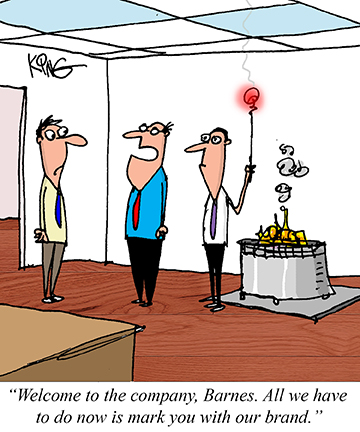TT&S Weekly (5/18/20)
Topic of the Week Race Discrimination
- Who is protected under the law?
- How does Title VII protect against discrimination?
- What is intentional discrimination?
Who is protected under the law?
Title VII covers all private employers, state and local governments, and educational institutions that employ 15 or more individuals. Title VII also includes private and public employment agencies, labor organizations, and joint labor-management committees controlling apprenticeship and training.
Anti-discrimination protections apply to job applicants as well as current workers. If you are a current employee and are fired, not promoted, or paid at a lower rate, you are protected under the law. If you are not hired because of your race, you are also protected.
Many states also make it illegal to discriminate based on race. For more information, please see our page on the minimum number of employees needed to file a claim under your state law.
How does Title VII protect against discrimination?
The law forbids discrimination when it comes to any aspect of employment. This includes hiring, firing, pay, job assignments, promotions, layoff, training, fringe benefits, and any other term or condition of employment.
- Disparate treatment: when individuals are treated differently on purpose because of their race. Examples: offering ethnic minorities lower starting salaries, or posing different interview questions to white applicants and ethnic minorities.
- Disparate impact: this is a negative impact that race discrimination might have. It happens when seemingly neutral workplace practices have an unnecessary and negative effect on members of a protected class. Examples: unnecessary requirements for one’s appearance, like requiring men to have short hair, which might eliminate qualified Native American applicants, or requiring hair to be straightened, which would unduly burden many African American women who have naturally curly hair.
There is a key legal distinction between disparate treatment and disparate impact race discrimination. A case involving disparate treatment requires a finding of intentional discrimination, and the individual must prove that the employer had a discriminatory intent or motive. However, disparate impact cases do not require a showing of intent.
What is intentional discrimination?
Intentional discrimination occurs when an employment decision is affected by the person's race. It includes not only racial animosity, but also conscious or unconscious stereotypes about the abilities, traits, or performance of individuals of certain racial groups.
Example: An upscale retail establishment with a sophisticated clientele rejects an African American male applicant. The hiring manager stereotypically believes that African American males do not convey a clean-cut image and that they lack the soft skills needed to service customers well. A finding of discrimination would be warranted
Thought of the Week
"It's part of the U.S.'s long history of xenophobia. And in particular, it highlights the ways in which immigrants have often been tied to disease. As a plague, or as an invasive threat or as carriers of a contagion and disease that will then ruin the United States. We've heard this before and unfortunately, we're hearing it again today… So the public health concerns and the rhetoric around immigrants and disease, what it does is that it helps to — it feeds and then it justifies existing stereotypes and racism around immigrants. And then leads to discriminatory public health policies that disproportionately impact specific immigrant groups and minority groups."
– Erika Lee, immigration and Asian American historian | Professor at the University of Minnesota
Weekly Comic by Jerry King

Blog of the Week
Top Five News Headlines
List of the Week
from U.S. Bureau of Labor Statistics
Unemployment Rate:
- The unemployment rate increased by 10.3 percentage points to 14.7 percent in April.
- The number of unemployed people rose by 15.9 million to 23.1 million in April.
- The number of unemployed people who reported being on temporary layoff increased by 16.2 million in April to 18.1 million.
- The number of permanent job losers increased by 544,000 to 2.0 million.
